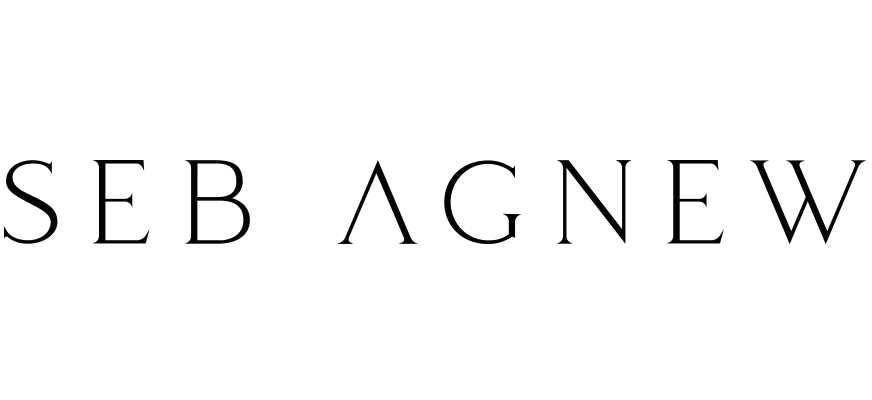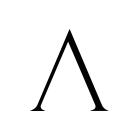
09 Aug Behind the Scenes of “Red Cube”
Reflecting on Crafting Techniques
The second Cube of the series was supposed to be the cinema. As described in my blog entry about creating “Green Cube”, I was already looking for ways to optimize my crafts. I am totally happy with the viewer knowing that the set is actually a miniature, but I want him or her to realize this at second glance. Studying resources on building miniatures quickly led me to the conclusion that I needed a mixture of “traditional” and “modern” techniques if I wanted to create this illusion of reality in the long run.
For “Red Cube”, I started using more electrical tools for precision work, like a handheld drilling/milling/sanding unit and a small bench circular saw. Even though these tools are perfect for many applications, I was not satisfied with the result of many cutting jobs. They were still lacking “perfection”, and this was what I was looking for – otherwise my sceneries could not fully convince as large-format prints. So, after researching my options, I decided to turn to laser-cutting for precise cuts and engravings.


Building the Cinema


The basis of the set consists of red adhesive foil attached to foamboard. After calculating and measuring the auditorium, all necessary parts were designed in Adobe Illustrator and then sent to a laser-cutter, using 3 to 5 mm MDF boards.
When choosing the materials for the carpets, the screen, the curtain, the chair and the banister, I tested different options. This way, I made sure that their overall appearance was still convincing when photographed closely, but also that their reflective characteristics are similar to the “real” versions.
Creating the cubic chair, there was no need for perfection as far as its edges and seams were concerned – burning the chair would eventually add to the final and desired look. At the same time, burning would mean that the inner life of the chair needed to be visible. So, fine pored “filter foam” was used to cover the armature of the chair – which is completely made up of wood.
Playing with Fire
Faking the flames by using Photoshop was not an option. If you want to create convincing details, lighting and atmosphere, this can, in my opinion, only be achieved by using real physical elements.
The smoke in the final picture comes from little sticks which are normally used for testing smoke detectors. For the flames, I carefully covered the chair in rubber alcohol and finally set it on fire (a couple of times). As planned, the height of the flames reached the ceiling and thus the floor of “Cyan Cube” above – the connection between the two rooms was established.
Of course, I did not set a real chair on fire when photographing the model. Exactly duplicating the lighting from the miniature set was finally accomplished by using matching lighting filters.





